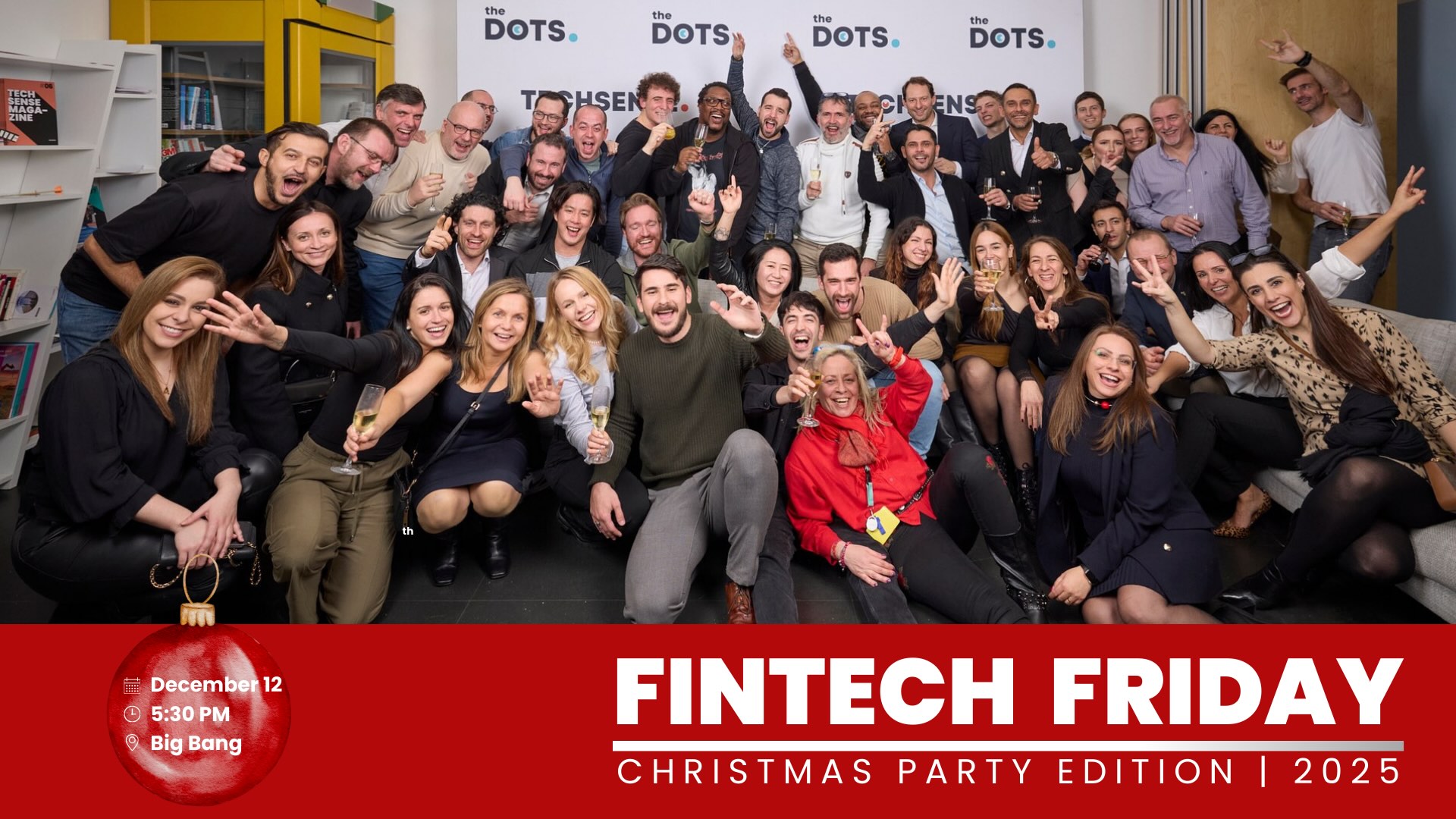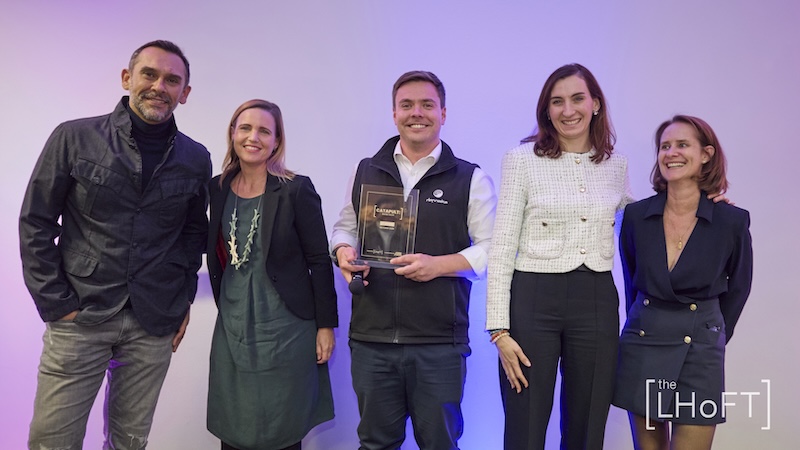Design Thinking Series – UX – Data Informed Design – A Masterclass
January 17, 2020 @ 16h00 - 17h00

Description
Design Thinking Series
UX – Data Informed Design
“leveraging your data for outstanding UX Design”
In today’s world where Data is so accessible, we have an incredible opportunity to put it at work in a more productive manner. You probably start your day checking some metrics and often revise your company business strategy based on it. But are you using that Data to its full potential? How can you adopt a different approach to design a service, a product and a business model based on it?
Let’s walk the way of how you can use and design it to guide your creative thoughts.
You will learn (among other things):
- What data you can use for a better design
- What methods you can easily include in your current process
- Difference between data-driven and data-informed design
Bio:
Federico Pizzutto is a self-made User Experience Expert who has been working on the field for the past 20 years, helping startups and enterprises in defining and promoting internal design practices, products, services. Federico is also involved in building and coaching teams on shaping their business strategy. He works as UX expert at DoclerHolding and leads the local chapter for Interaction Design Foundation where he is also a IDF Design League Coach. When not working you can find him struggling learning French and try to understand his kids speaking Luxembourgish







